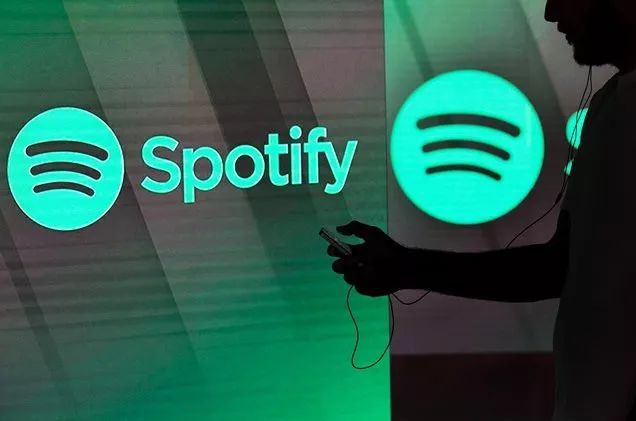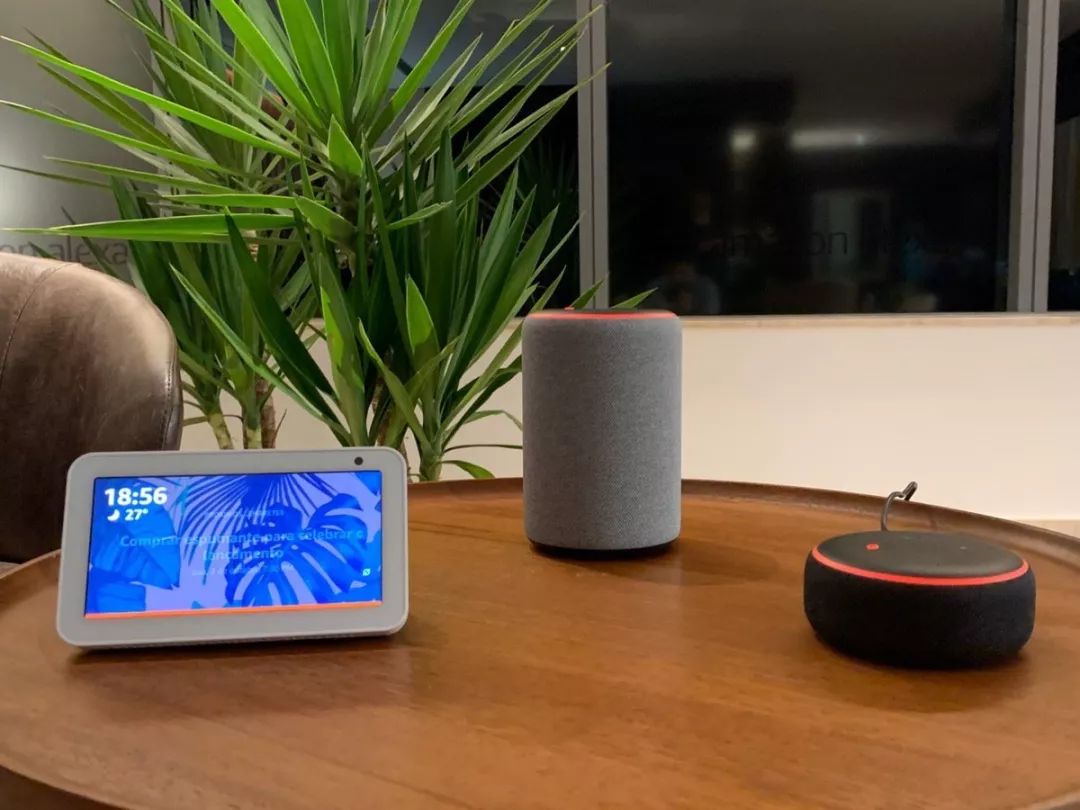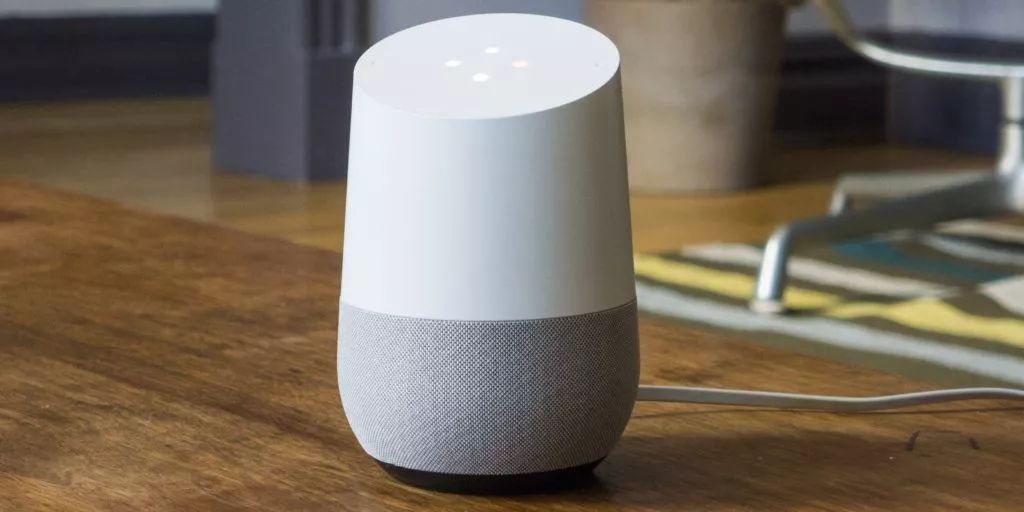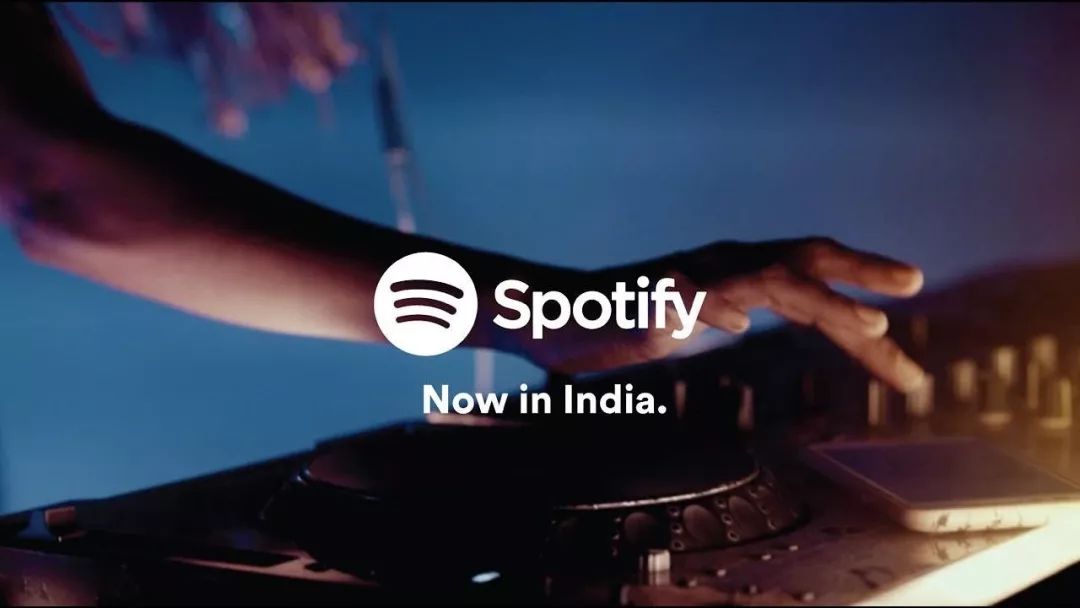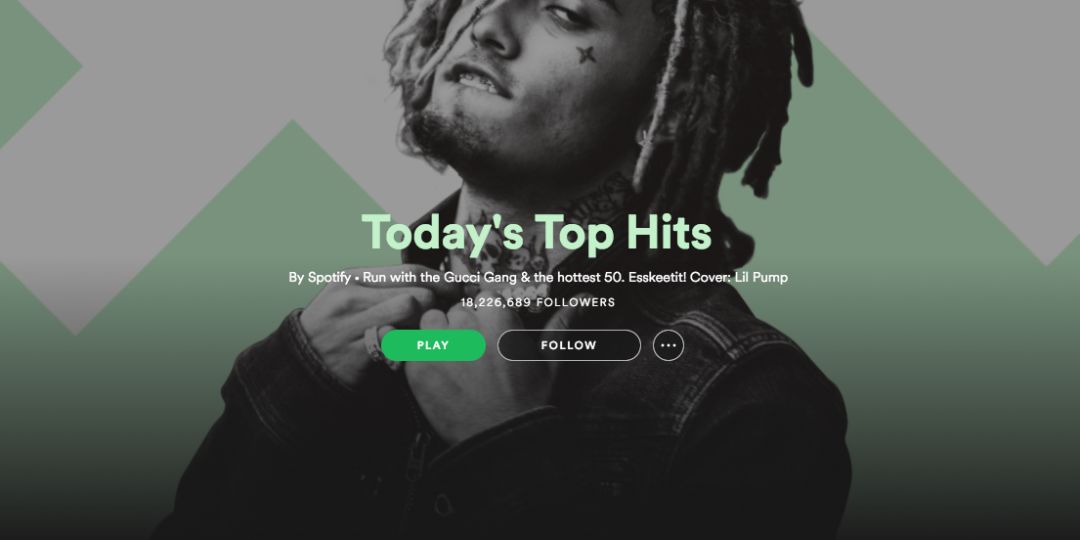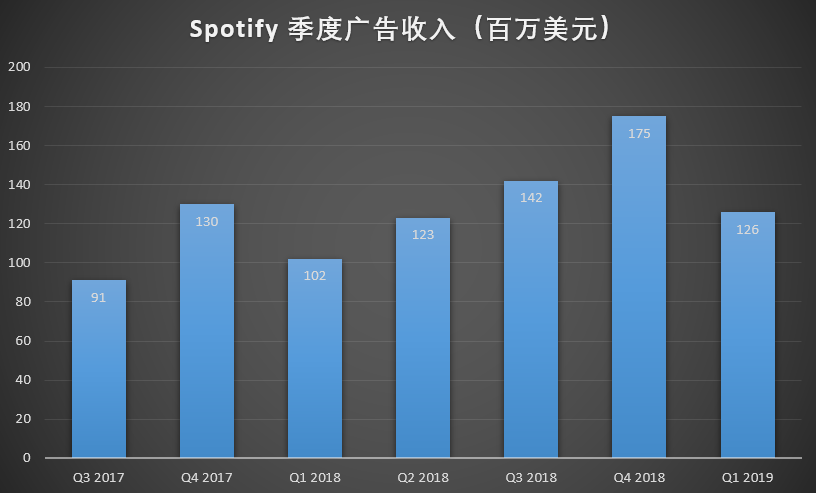There are still many issues that Spotify needs to solve.
Editor’s note: This article is from WeChat public account “ music Finance (ID: musicbusiness), author BOX.
The “Global Expansion Plan” and “Audio Development Plan” have become the two core strategies of Spotify. However, for Spotify, whose advantages and disadvantages are obvious, there are still many pressures to achieve the development goals. There are still many problems that the home streaming giant needs to solve.
Competitive shortcomings in emerging market expansion
After Amazon’s music streaming service and three Echo hardware devices have recently landed in Brazil, Spotify’s competitive environment in this market is no longer the same, even if the streaming giant took the lead five years ago. Brazil has landed, and this change has become the epitome of Spotify’s current development in many emerging markets.
Before explaining this sentence, it is necessary to first observe the development strategy of Spotify’s main rivals in emerging markets.
In the case of Amazon, the Internet giant recently launched three new Echo hardware devices in Brazil: Echo Dot, Amazon Echo and Echo Show 5. Pricing is between 349 reais and 699 reais, two of which will be available for sale at a discounted price of approximately $85 to $169. However, it is worth noting that the same equipment is priced between $49.99 and $89.99 in the United States.
Unlike the pricing strategy of hardware devices, Amazon’s advanced music streaming service launched in Brazil three weeks ago adopted low-cost tactics. The monthly cost for a single user was R$16.9 (approximately $4.16), the same service. In the US, you have to pay $9.99.
This development strategy is naturally not limited to the Amazon and Brazilian markets. Music streaming subscription service in emerging marketsPricing is usually much cheaper than in the US and Europe, but the hardware that carries the audio (usually from the same company that provides music services) is much more expensive, and has become a regular phenomenon in the current market.
In addition to Amazon, Google’s smart hardware device, Google Home, is priced between $49 and $99 in the US, while in India, the same device is between INR 4999 and 9999, or about $70.58 to $141.17.
However, the YouTube music subscription service in India is 99 rupees per month ($1.40), and the more complete YouTube Premium subscription fee is 129 rupees ($1.82), while in the US, the price of the service is much more expensive. , for $11.99 per month.
There are many factors in adopting such pricing methods. First, the import tariffs of different products are different, which affects the final retail price of physical hardware products to a certain extent.
Secondly, the per capita GDP of these countries is much lower than that of the United States. According to the World Bank, Brazil’s per capita GDP in 2018 was $8921. It was only $2016 in India, and that figure reached $62,241 in the United States.
Obviously, in the eyes of several major Internet companies, low-cost strategies are introduced to accelerate the penetration of their own streaming subscription services in emerging markets, while selling consumer-priced hardware products to consumers, more in line with current emerging markets. The development environment and the fact that music streaming subscription services are generally losing money.
For Spotify, as the growth of mature or mature markets such as North America, Latin America and Europe becomes saturated, it is necessary to continue to enter emerging markets including the Middle East, North Africa and India to discover more new subscribers. However, unlike Amazon and Google, the company’s global average revenue per user (ARPU) will continue to decline if music services are not supported by additional hardware.
And, from the perspective of “low price strategy,” Spotify has no advantage. In the case of the Brazilian market, Amazon Music Unlimited (AMU) is the same as Spotify’s monthly pricing (R$16.9), but AMU’s monthly home service is cheaper than Spotify.
In December last year, Spotify Chief Financial Officer Barry McCarthy made a clear statement at the earnings conference that the company was actively pursuing a global expansion strategy. This is to ease investors’ focus on Spotify.In terms of the pressure on the performance of the primary and secondary markets, it has indeed played a certain role. At the end of last year, after the rumors of the upcoming Indian market, Spotify’s share price soared nearly 7% at the close of the day.
But the emerging markets with large populations are not panacea. In India, for example, although India’s smartphone market is growing rapidly and mobile data charges continue to fall, Spotify can hardly expect its paid subscribers and revenues to be short-term due to unbalanced infrastructure and low per capita income. Effective growth within.
Entering new markets is a must-have for Spotify, but as the giants enter the game, Spotify will have more problems next, including not limited to more competitive environments, too low. Paying user conversion rate, lower ARPU, and higher copyright fees.
Business balance and development anxiety
In addition to the increasing competitive pressures of the global expansion strategy, Spotify’s most important transformation direction this year: podcasts, which also caused some problems within the company during the development process.
According to RollingStone, since the beginning of 2018, more than a dozen senior executives who helped Spotify build a high-level song list have already left. This includes Guerrero, who is responsible for the two Latin music hot lists “Baila Reggaeton” and “Viva Latino”, Tuma Basa who created Spotify’s hot list “RapCaviar”, Mike Biggane, the head of “Today’s Top Hits”, and helped Spotify to make songs. Single development strategy for Doug Ford and more.
Although it is not clear that the direct reason for the departure of more than a dozen high-level executives is that “podcasts” have replaced the “single songs” in the increasingly critical role of Spotify, but it is certainly not unrelated. In October last year, Guerrero left Spotify to join Warner Music as the company’s vice president of A&R and cross-cultural strategy, becoming an important turning point in the initial team of Spotify’s global cultural development, focusing on Tune, a senior editor of African music and Caribbean music.De Ogundipe, and Himanshu Suri, a senior editor who helped guide the Spotify Indian Music Center, have also left the streaming services department. According to RollingStone citing industry sources, Spotify has disbanded the “Global Culture Development” team.
The departure of key employees also means that in September last year, Spotify announced a “global cultural initiative” that hopes to enhance intercontinental music exchanges and promote more non-Western pop music to become a global phenomenon. Although Spotify has reaffirmed the platform’s position to develop global music, and said that the company is investing in a new expert editorial team for music in specific regions, the fact is that there are currently a hot list of 800,000 and 500,000 users respectively. “And “African Heat” has been basically stopped for nearly two weeks.
In February of this year, Spotify CEO Daniel Ek put forward a new development strategy in his blog: “Audio, not just music, will be the future of Spotify.” The adjustment of this strategy is very important from Spotify. Anxiety about advertising revenue.
Spotify’s advertising revenue has always been flat. In the fourth quarter of 2018, its advertising revenue reached 200 million US dollars, accounting for only 11.7% of total quarterly revenue. In the first quarter of this year, Spotify’s quarterly advertising revenue increased by 24% year-on-year to 126 million euros – a year-on-year increase of 24%, but much lower than the 175 million euros in the previous quarter.
The development of audio with podcast content as the core, the built-up paywall is stronger than music. According to a recent report by the Interactive Advertising Bureau (IAB) and PricewaterhouseCoopers, it is estimated that advertising revenue in the podcast market has increased by 53% year-on-year to approximately $480 million. By the end of 2019, this figure is estimated to reach $678 million, and by 2021 it will reach $1 billion.
Spotify is well positioned to expand its strong advertising business into the podcast space with its own platform aggregation. Spotify revealed in its fourth quarter earnings report for 2018 that the company plans to invest $400 million to $500 million in podcasts in 2019. The plan shows that Spotify has made a huge bet on podcasts, and the total advertising revenue of the entire podcast industry last year was only $400-500 million.
At present, Spotify has placed the ad in the original podcast program, and then the podcast host reads the ad to the audience, which even hitsBreaking the position that it has always insisted on never pushing ads to paying users. In addition to the simple podcast hosting method of population advertising, Spotify is also actively developing other businesses that expand advertising revenue. Spotify said in the first quarter of 2019 financial update: “Our goal is to develop a more powerful advertising solution for podcasts, and we will also stratify the core advertising goals, quantification and functionality in more detail.”
In the near future, Spotify announced that its new features allow advertisers to advertise based on the podcast content listened to by listeners. This feature was initially tested with partners Samsung and 3M and included in the US, Canada, UK and Australia. The 10 markets are implemented.
However, Spotify said in April that podcasts showed only a small fraction of incremental revenue in the first quarter of 2019. This may be the reason why the company recently hired Lee Brown, the chief revenue officer from BuzzFeed, the US news aggregator platform, as its vice president of global sales strategy.
It’s worth paying attention to Spotify, other players in the industry have also started to move. Pandora invested $145 million to acquire Adsify, the Spotify advertising network partner last year. Apple Music also relied on Apple’s resources to increase the content of original podcasts. Investment.
As a breakthrough in the current strategic transformation, Podcasting in the company’s development speed can cope with the increasingly fierce market competition, bringing qualitative changes to its advertising revenue, as well as the focus of work adjustment, can Whether to balance the already accumulated music business advantage will become the two key points for the success of this strategic transformation.
